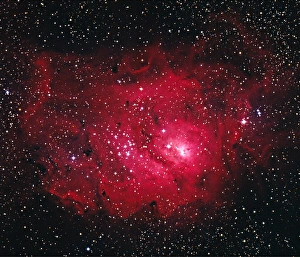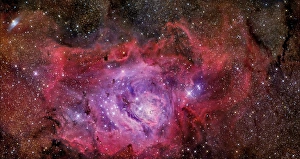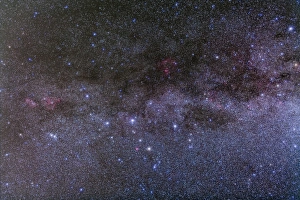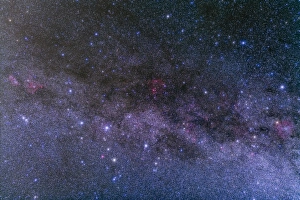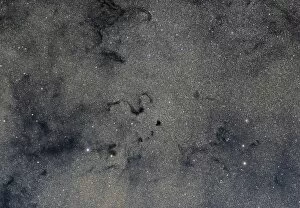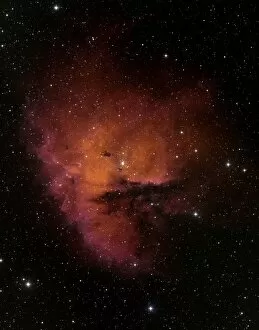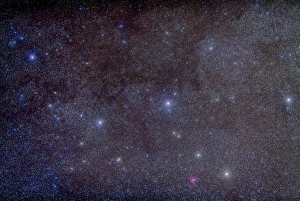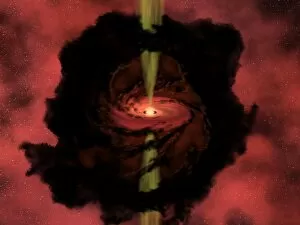Bok Globules Collection
"Bok Globules: Mysterious Cosmic Nurseries in the Depths of Space" In the vast expanse of our universe
All Professionally Made to Order for Quick Shipping
"Bok Globules: Mysterious Cosmic Nurseries in the Depths of Space" In the vast expanse of our universe, hidden within breathtaking celestial landscapes like the Lagoon Nebula (M8) and NGC 6523, lies a captivating phenomenon known as Bok Globules. These enigmatic structures, found amidst nebulosity in constellations such as Cassiopeia and Cepheus, have fascinated astronomers for decades. One remarkable example is NGC 7822 and IC 1805, where these globules emerge from the cosmic mist like delicate cocoons nurturing new stars. Another awe-inspiring sight can be witnessed in Ophiuchus' Snake Nebula, where Bok Globules stand out against a backdrop of stellar beauty. NGC 281, famously called the Pacman Nebula due to its uncanny resemblance to the iconic video game character, showcases an array that seem to guard its luminous heart. The Elephant Trunk Nebula further captivates stargazers with elongated tendrils reaching towards distant galaxies. IC 2944 or "The Running Chicken Nebula" presents yet another spectacle with Bok Globules scattered across its starry canvas. Among them stands NGC 281 once again - a testament to their prevalence throughout space. Even Orion's dark embrace holds secrets within L1622 - a cometary globule that defies explanation. Herein lies one more piece of evidence supporting their existence beyond imagination and can not mere anomalies; they represent potential stellar nurseries waiting patiently for gravity's gentle touch to ignite new life among twinkling constellations. As we continue exploring these mesmerizing formations through advanced telescopes and scientific curiosity, we inch closer to unraveling their mysteries while marveling at nature's artistic prowess on display in our boundless cosmos.

